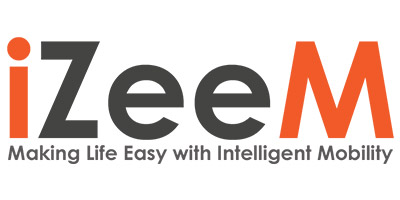
Fleet management strategy
A fleet, big or small, requires an effective fleet management strategy to fully utilise a fleet’s capacity without increasing costs. Creating a fleet management strategy will first require a clear understanding of the fleet’s current operations, costs and the improvements that must be made to be effective. This strategy must focus on the type of vehicles used, distance covered by vehicles every month, current driver behaviour, fuel consumption trends, accident rates and safety programs if any. After an in-depth understanding, fleet managers must consider the available resources that support operations and what additional services can be implemented to add value.
An effective and highly productive fleet is every fleet owner’s goal and telematics makes it achievable with the wide range of fleet data that it can provide. Fleet data comprises of vehicle and driver data, operational costs information and maintenance records. Telematics with GPS and cellular connectivity can tap into multiple source of information along the operational process to provide operators with reliable and accurate data to make data driven business decisions.
What is telematics?
A telematics system makes use of telecommunications and informatics to send, receive, process and store every connected vehicle’s information in real-time. The data stored can be further analysed on an operational dashboard to have a complete visibility of fleet performance. Telematics in fleet management not only helps in providing real-time data but also enhances accountability on part of drivers and operators.
The transportation, logistics, construction and other industries have witnessed massive trends in digitisation to automate business processes as they are highly dependent on being productive. Moreover, the competition to cater to the growing market needs has every brand leveraging technology as a part of their fleet management solution.
An integrated fleet management solution leveraging telematics makes use of a GPS device/unit such as the Geotab device that is installed in vehicles to track fleet activity and performance. This vehicle’s location-based information is then pushed to the cloud with the help of high-speed cellular connectivity. The open platform fleet management solution allows fleet managers/owners to access operational data and share in various functions across the organisation.
What are the benefits of telematics?
Telematics systems can be seen IoT enablers, provided the ability to integrate with various devices and enhancing connectivity of vehicles to generate business critical information. Integrated telematics solutions are also suitable to future expansion plans of a fleet as it caters to every size. When telematics enabled, connected vehicles with GPS units, OBD ports have sensors that can track not only location of vehicles and drivers but also fuel usage, miles traveled, vehicle performance and engine issues if any.
They can also generate data from auxiliary devices which are integrated to an existing connected system. Thus, vehicle and driver performance can be accessed in real-time and preventive maintenance measure can be undertaken since engine issues are already known to operations. This helps companies to prevent incurring higher costs due to ignorance on small issues that could pile up to be bigger ones later.
The idea of having a telematics system in your fleet operations is not to replace the existing resources with technology but to maximise utilisation of those resources since with more data we can analyse situations critically and in detail than otherwise.



Recent Comments